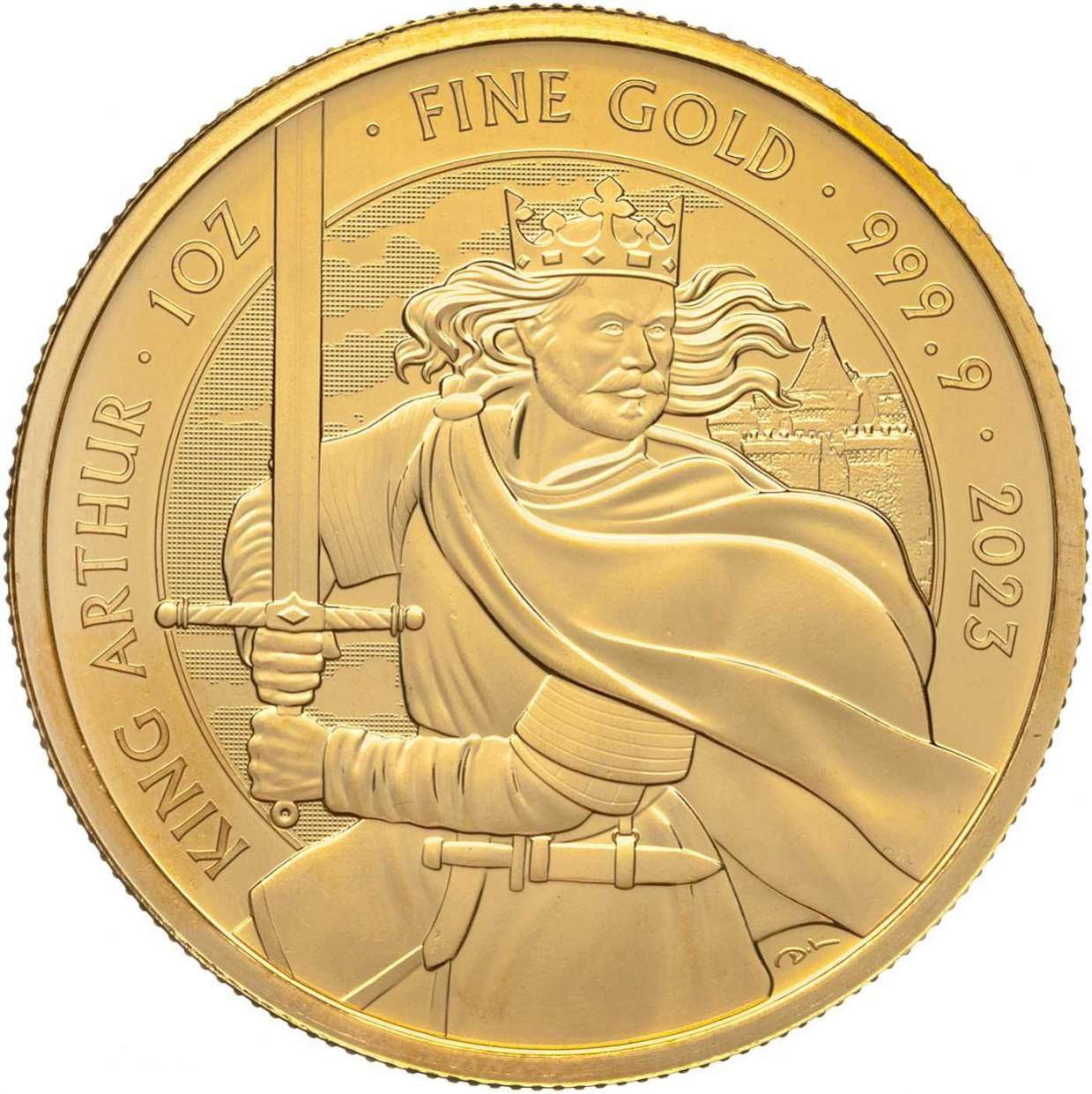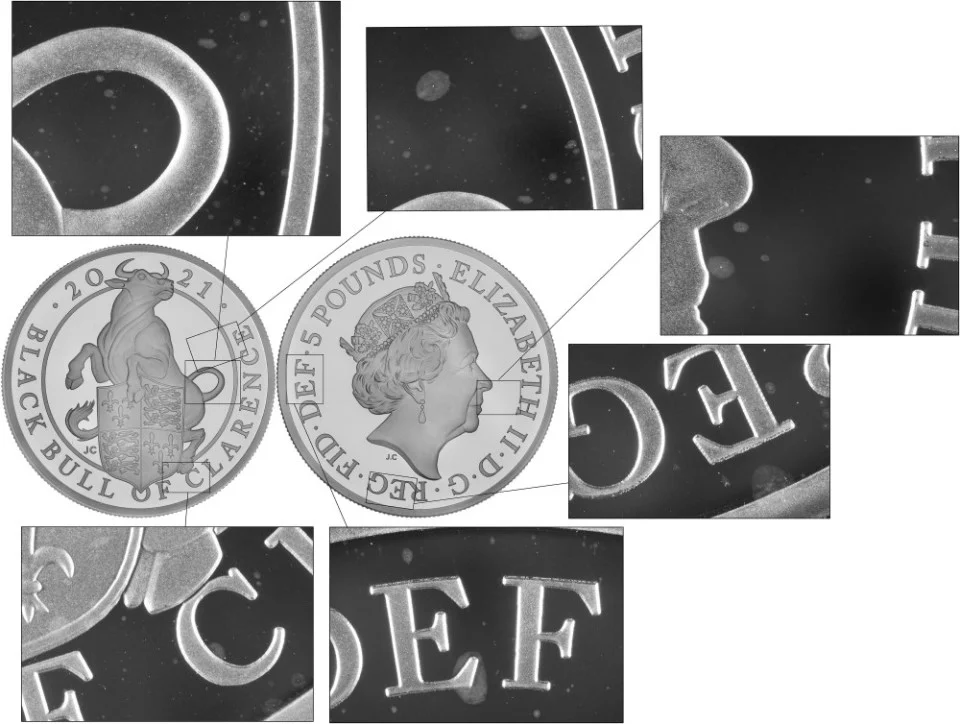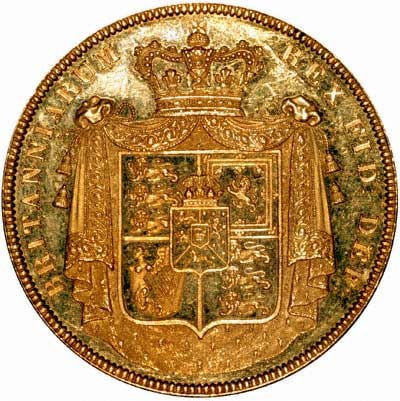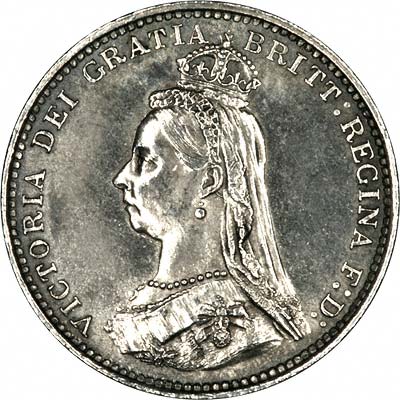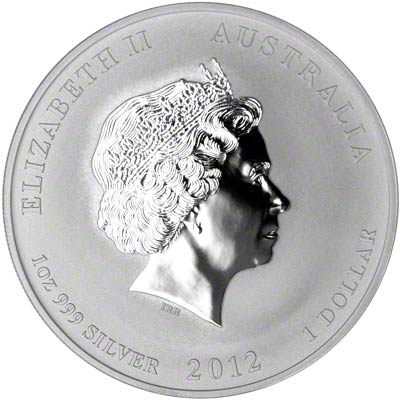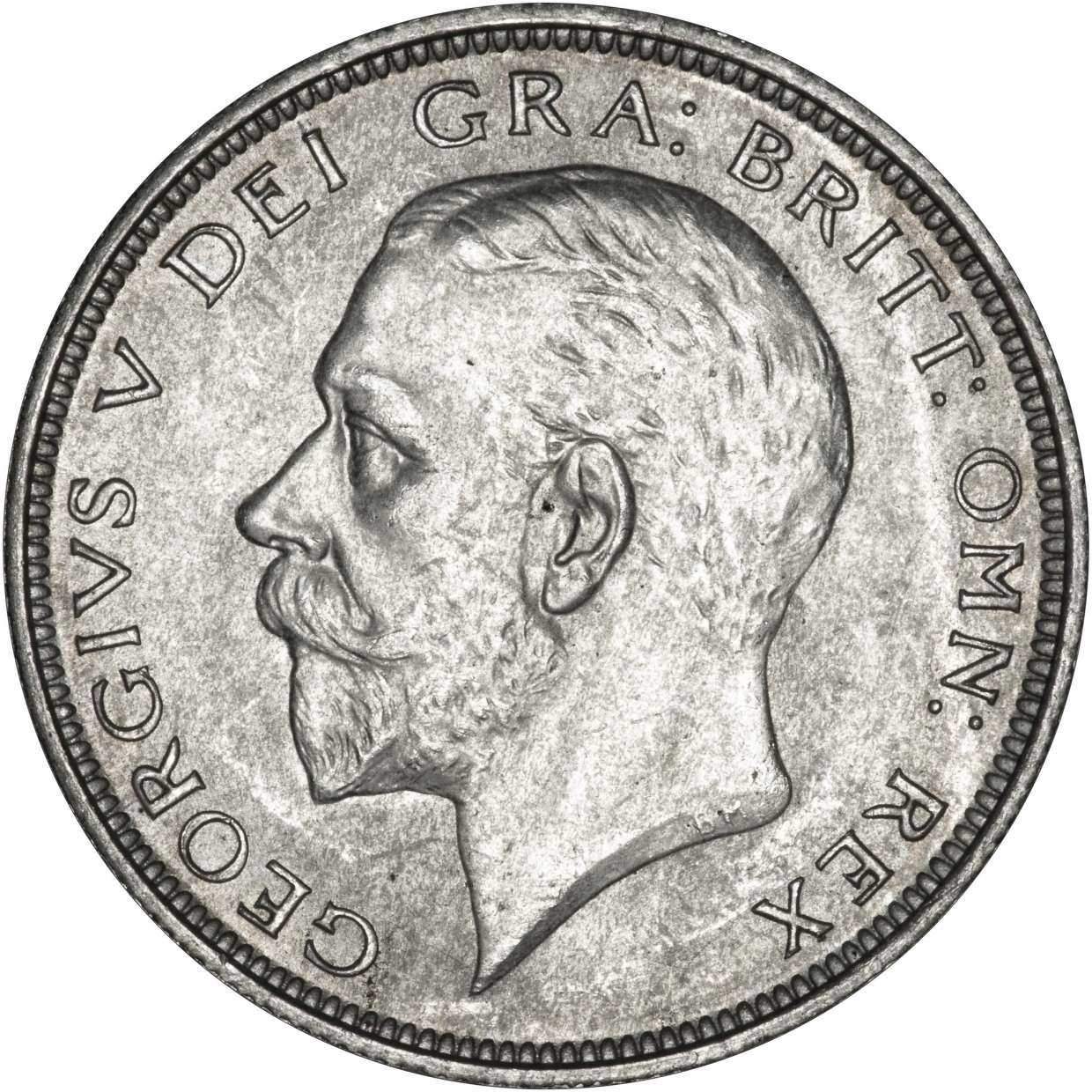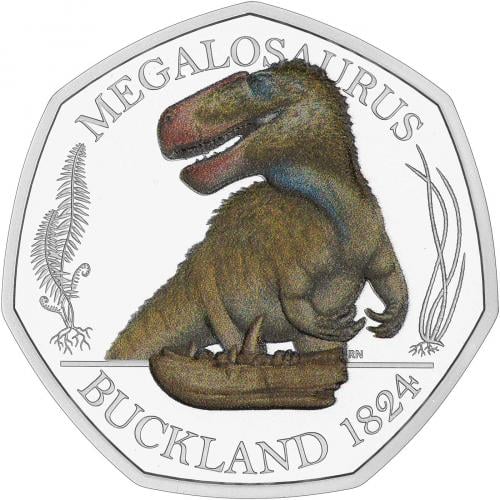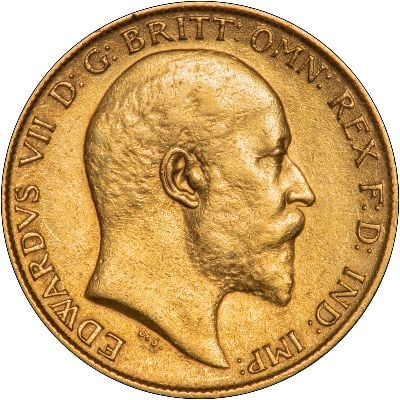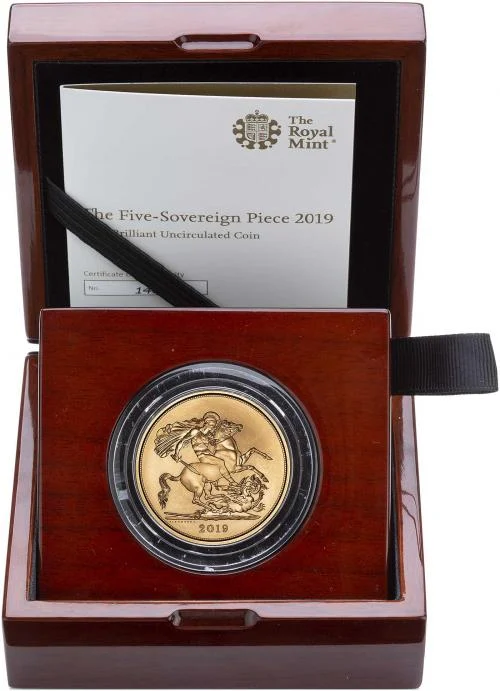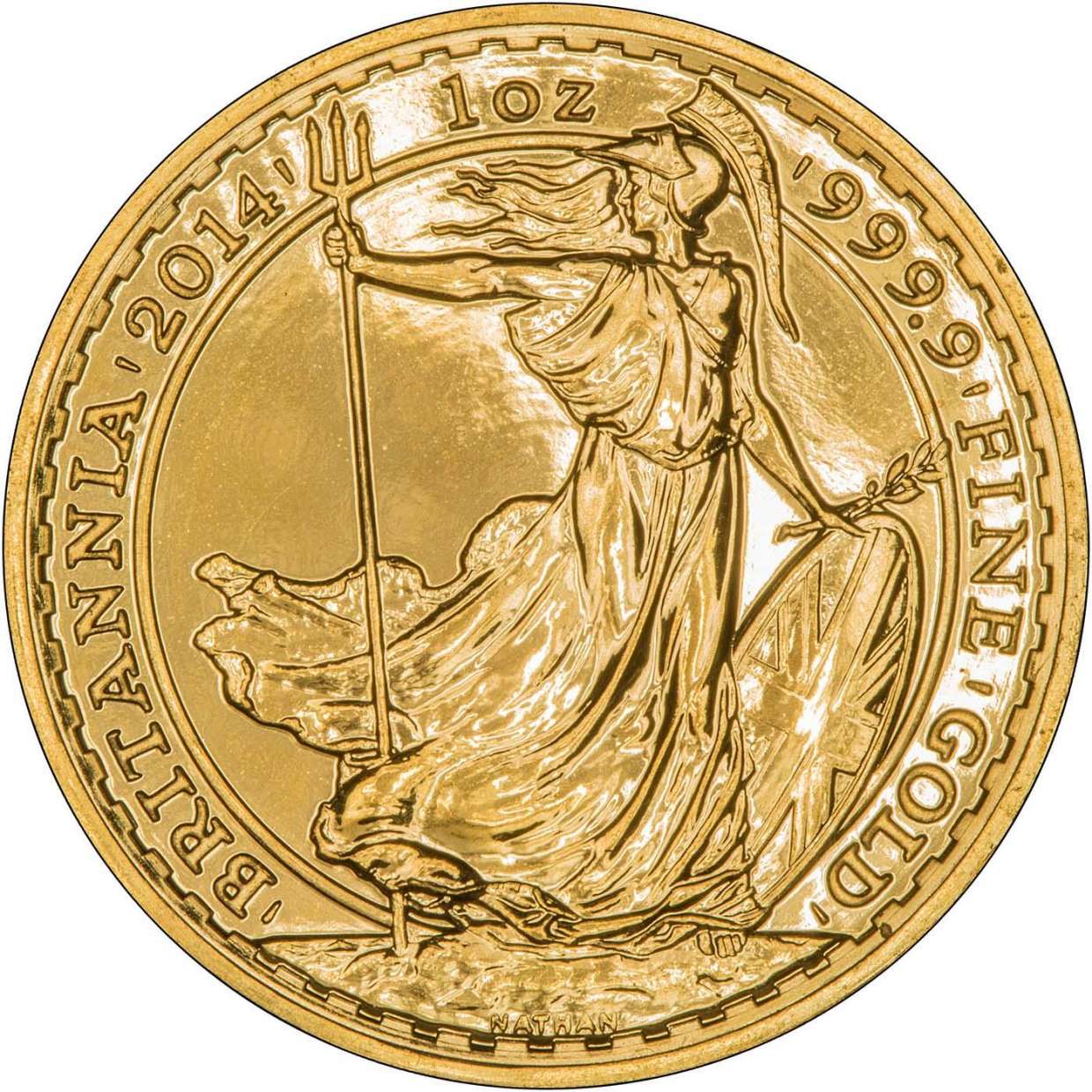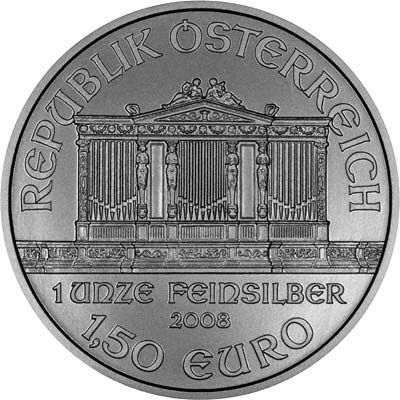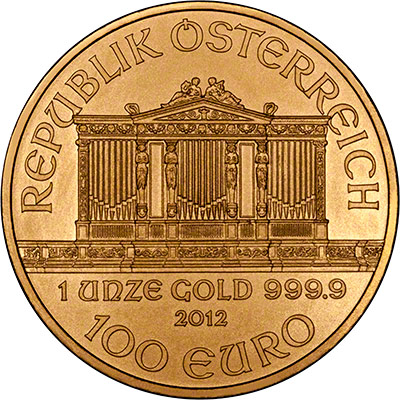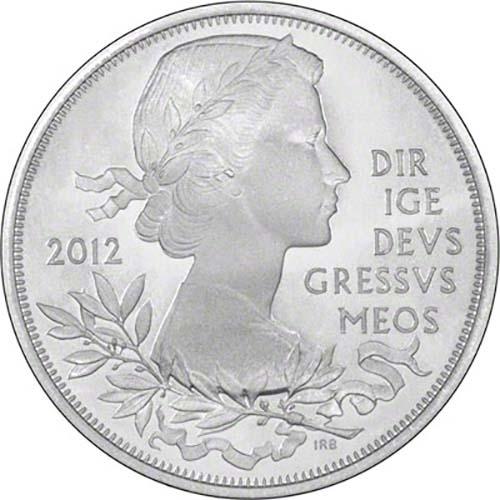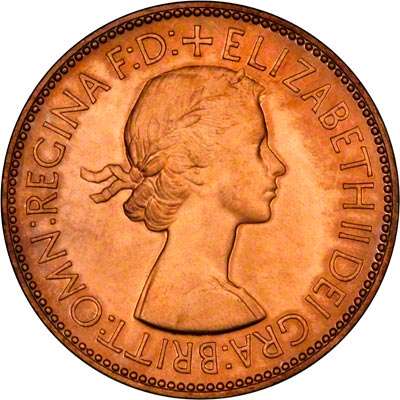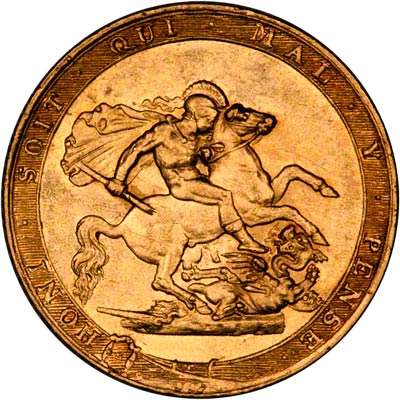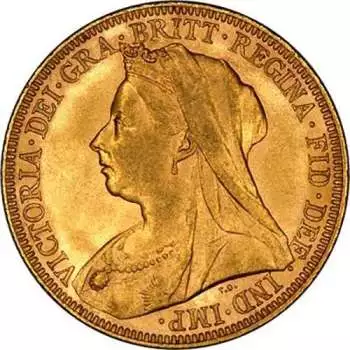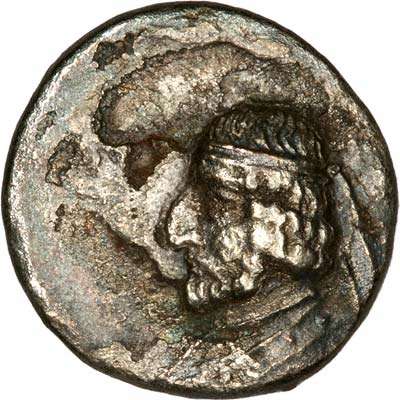William Wyon Engraver of the Victoria Young Head Portrait
Synopsis
Famed medallist and engraver of the renowned Victoria 'young head' obverse coin design, William Wyon is widely considered one of the very finest the Royal Mint has put to work. Thanks to his profound talent displayed from an early age, William was selected to be the second engraver to the Royal Mint in 1816, contesting fellow engraver Benedetto Pistrucci for the title of Chief Engraver of the mint, eventually taking the position in 1828 until 1851.
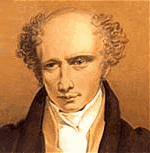
Aprentice to Second Engraver
Born in 1795 Birmingham to a renowned family of skilled engravers, William Wyon quickly went on to adopt the family profession, working under his father's tutelage as an apprentice in the Soho Mint by 1809.

From Birmingham to London
After visiting the capital in 1812 William was persuaded to enter a die competition run by the Society of Arts. The winner of the competition would go on to hold the position of second engraver at the Royal Mint. However, the mint was reluctant to offer the role to William as this would leave him working alongside his uncle and cousin Thomas Senior and Thomas Junior, meaning William submitted his die anonymously. Despite the calibre of his design being widely praised, earning him a gold medal from the Society of Arts, William returned to Birmingham, continuing to work for alongside his father until 1815.
Rising Through the Ranks of the Royal Mint
By 1816 Thomas Wyon Junior had been appointed as the new Chief Engraver of the Royal Mint, with Thomas Senior taking on the mantle of Chief Engraver of His Majesty's Seals, William saw these conditions as favourable and soon returned to the capital and becoming the Second Engraver to the Royal Mint.
Wyon's Rivalry with Benedetto Pistrucci
With the unfortunate passing of Thomas Wyon Junior in 1817, the office of Chief Engraver became vacant, seeing Benedetto Pistrucci adopt the position. However, whilst both Benedetto and William possessed great skill in their engravings, it was actually Benedetto's nationality which caused fierce debate surrounding this appointment, with the moneyers having a turbulent relationship with Pistrucci. Eventually the matter was settled in 1828 with Benedetto assuming the new role of Chief Medallist and William becoming the new Chief Engraver, however, by this time William had already been unofficially enacting the duties of the Chief Engraver for around four years.

Queen Victoria's First Portrait
Designed by William in 1838 the young head portrait of Queen Victoria is often argued as being the definitive portrait of the monarch, being used across all British coinage and remaining on bronze denominations until 1895.

Victoria Young Head
Showing a youthful Victoria ascending to the throne at the age of 18, a contemporary newspaper hailed the design as "considered perfect by those qualified to judge", with even the Queen herself having been cited telling Wyon " you always represent me favourably", allowing the universally acclaimed regal depiction to appear on her gold and silver coinage until her golden jubilee in 1887. There was a total of five iterations of Wyon's Young Head portrait, with each changing defining features of the iconic profile, with the hair styling, nose definition, eye size and the size of the portrait itself all succumbing to change.
Related Blog Articles
This guide and its content is copyright of Chard (1964) Ltd - © Chard (1964) Ltd 2024. All rights reserved. Any redistribution or reproduction of part or all of the contents in any form is prohibited.
We are not financial advisers and we would always recommend that you consult with one prior to making any investment decision.
You can read more about copyright or our advice disclaimer on these links.

